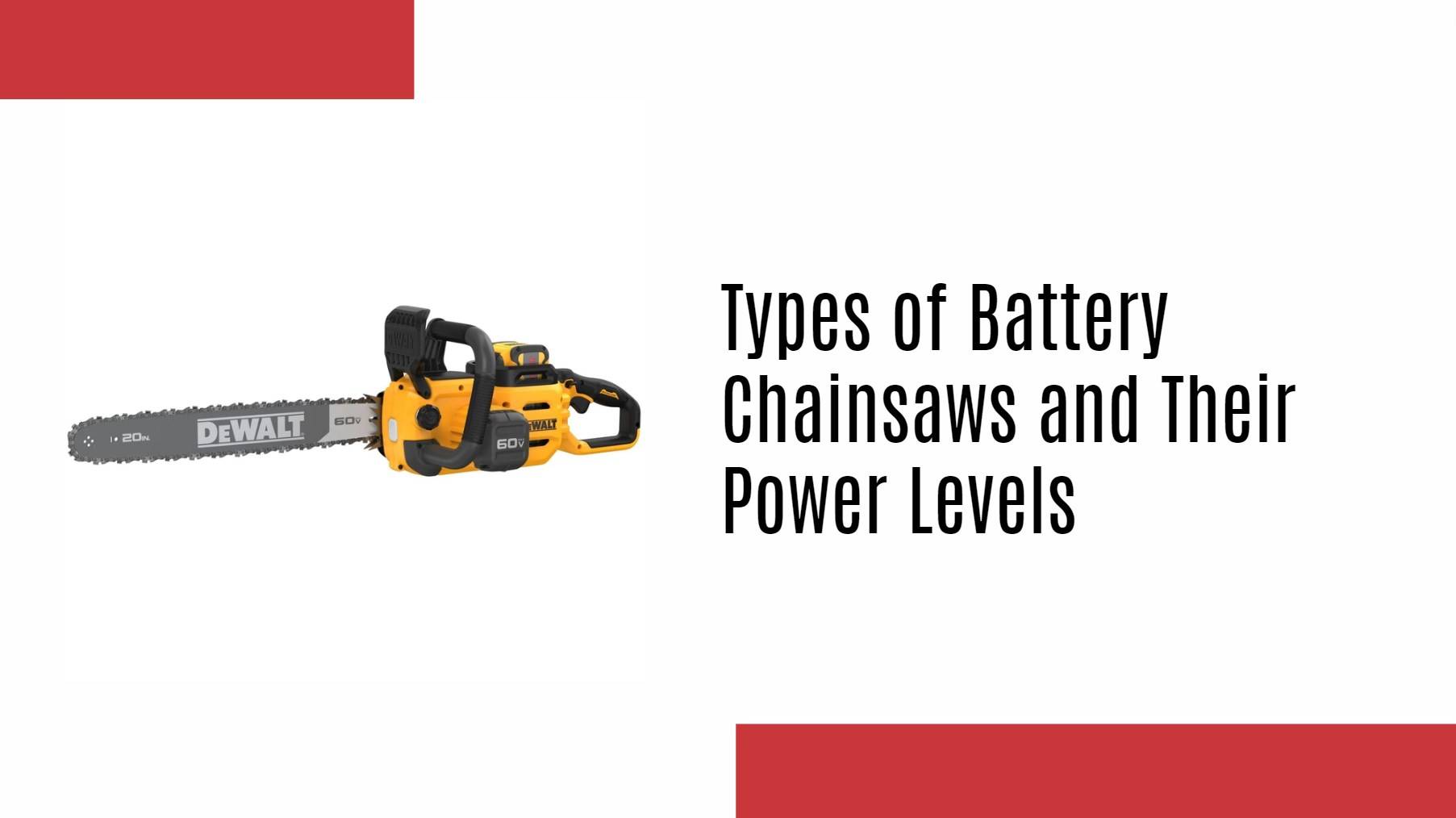- Lithium Golf Cart Battery
- Forklift Lithium Battery
-
48V
- 48V 210Ah
- 48V 300Ah
- 48V 420Ah (949 x 349 x 569 mm)
- 48V 420Ah (950 x 421 x 450 mm)
- 48V 456Ah
- 48V 460Ah (830 x 630 x 590 mm)
- 48V 460Ah (950 x 421 x 450 mm)
- 48V 460Ah (800 x 630 x 600 mm)
- 48V 460Ah (820 x 660 x 470 mm)
- 48V 500Ah
- 48V 560Ah (810 x 630 x 600 mm)
- 48V 560Ah (950 x 592 x 450 mm)
- 48V 600Ah
- 48V 630Ah
-
48V
- 12V Lithium Battery
12V 150Ah Lithium RV Battery
Bluetooth App | BCI Group 31
LiFePO4 Lithium
Discharge Temperature -20°C ~ 65°C
Fast Charger 14.6V 50A
Solar MPPT Charging - 24V Lithium Battery
- 36V Lithium Battery
- 48V Lithium Battery
-
48V LiFePO4 Battery
- 48V 50Ah
- 48V 50Ah (for Golf Carts)
- 48V 60Ah (8D)
- 48V 100Ah (8D)
- 48V 100Ah
- 48V 100Ah (Discharge 100A for Golf Carts)
- 48V 100Ah (Discharge 150A for Golf Carts)
- 48V 100Ah (Discharge 200A for Golf Carts)
- 48V 150Ah (for Golf Carts)
- 48V 160Ah (Discharge 100A for Golf Carts)
- 48V 160Ah (Discharge 160A for Golf Carts)
-
48V LiFePO4 Battery
- 60V Lithium Battery
-
60V LiFePO4 Battery
- 60V 20Ah
- 60V 30Ah
- 60V 50Ah
- 60V 50Ah (Small Size / Side Terminal)
- 60V 100Ah (for Electric Motocycle, Electric Scooter, LSV, AGV)
- 60V 100Ah (for Forklift, AGV, Electric Scooter, Sweeper)
- 60V 150Ah (E-Motocycle / E-Scooter / E-Tricycle / Tour LSV)
- 60V 200Ah (for Forklift, AGV, Electric Scooter, Sweeper)
-
60V LiFePO4 Battery
- 72V~96V Lithium Battery
- Rack-mounted Lithium Battery
- E-Bike Battery
- All-in-One Home-ESS
- Wall-mount Battery ESS
-
Home-ESS Lithium Battery PowerWall
- 24V 100Ah 2.4kWh PW24100-S PowerWall
- 48V 50Ah 2.4kWh PW4850-S PowerWall
- 48V 50Ah 2.56kWh PW5150-S PowerWall
- 48V 100Ah 5.12kWh PW51100-F PowerWall (IP65)
- 48V 100Ah 5.12kWh PW51100-S PowerWall
- 48V 100Ah 5.12kWh PW51100-H PowerWall
- 48V 200Ah 10kWh PW51200-H PowerWall
- 48V 300Ah 15kWh PW51300-H PowerWall
PowerWall 51.2V 100Ah LiFePO4 Lithium Battery
Highly popular in Asia and Eastern Europe.
CE Certification | Home-ESS -
Home-ESS Lithium Battery PowerWall
- Portable Power Stations
How to Choose the Right Battery Size for Your Chainsaw

Selecting the appropriate battery size for your chainsaw is crucial for optimal performance and efficiency. The right battery ensures that your chainsaw operates effectively, providing sufficient power for your tasks. This guide explores factors to consider when choosing a battery size, including voltage, amp-hour ratings, and specific usage requirements.
What Are the Common Battery Sizes for Chainsaws?
Chainsaws typically use various battery sizes, which vary by brand and model:
| Battery Size | Voltage | Typical Usage |
|---|---|---|
| 18V | 18V | Suitable for light-duty tasks and small branches. |
| 20V | 20V | Common in mid-range chainsaws for general use. |
| 40V | 40V | Ideal for heavy-duty applications and larger cuts. |
| 80V | 80V | Used in professional-grade chainsaws for maximum power. |
Understanding these sizes helps you choose a battery that meets your needs.
How Does Voltage Affect Chainsaw Performance?
Voltage plays a significant role in determining a chainsaw’s performance:
- Higher Voltage: A higher voltage battery (like 40V or 80V) provides more power, allowing the chainsaw to cut through tougher materials more efficiently.
- Lower Voltage: A lower voltage battery (like 18V or 20V) may be sufficient for lighter tasks but can struggle with dense wood or prolonged use.
Choosing the right voltage ensures that your chainsaw performs optimally for your intended tasks.
What Is the Importance of Amp-Hour Ratings?
Amp-hour (Ah) ratings indicate how long a battery can provide power:
- Higher Ah Rating: A battery with a higher Ah rating can run longer before needing a recharge, making it ideal for extended use.
- Lower Ah Rating: Batteries with lower Ah ratings may require more frequent charging, which can interrupt work.
Understanding Ah ratings helps you select a battery that matches your usage patterns.
How Do Different Tasks Influence Battery Size Selection?
The type of task you plan to perform significantly influences your battery size choice:
| Task | Recommended Battery Size |
|---|---|
| Pruning | 18V to 20V |
| Cutting Small Trees | 20V to 40V |
| Felling Large Trees | 40V or higher |
Choosing the right size based on task requirements ensures efficient operation and reduces downtime.
What Are the Benefits of Using Larger Batteries?
Opting for larger batteries offers several advantages:
| Benefit | Description |
|---|---|
| Longer Runtime | Larger batteries typically have higher Ah ratings, allowing for extended use without recharging. |
| More Power | Higher voltage batteries provide increased cutting power, making them suitable for tougher jobs. |
| Better Performance | Larger batteries can maintain consistent performance over longer periods, reducing interruptions. |
These benefits make larger batteries appealing for demanding tasks.
How Can You Determine the Right Battery Size for Your Chainsaw?
To determine the right battery size:
- Assess Your Needs: Consider the types of tasks you’ll be performing most frequently.
- Check Manufacturer Recommendations: Review the chainsaw’s manual or specifications for suggested battery sizes.
- Evaluate Runtime Requirements: Think about how long you want to operate without needing to recharge.
This assessment will help you select an appropriate battery size.
Frequently Asked Questions About Chainsaw Battery Sizes
Q1: Can I use a different brand’s battery in my chainsaw?
A1: It’s best to use batteries recommended by the manufacturer to ensure compatibility and safety.Q2: How often should I replace my chainsaw battery?
A2: Replace your chainsaw battery when it no longer holds a charge effectively, typically every few years depending on usage.Q3: What happens if I use a smaller battery than recommended?
A3: Using a smaller battery may result in reduced performance and shorter runtime, potentially causing interruptions during use.
Industrial News: Innovations in Battery Technology for Power Tools
The power tool industry is experiencing rapid advancements in battery technology, particularly with lithium-ion batteries that offer improved energy density and faster charging capabilities. Manufacturers are developing smart batteries that monitor performance and optimize usage based on real-time data, enhancing user experience and efficiency across various tools, including chainsaws.
Redway Power Expert Views on Battery Selection for Chainsaws
“Choosing the right battery size is crucial for maximizing your chainsaw’s performance,” states an expert from Redway Power. “By understanding how different sizes affect power delivery and runtime, users can ensure they select the best option for their specific cutting needs.”
Recommended Sizes for Different Tasks
Choosing the right size battery chainsaw is essential for efficient performance. Let’s explore recommended bar lengths for various tasks:
- Light-Duty Tasks (8 to 12 inches): Suitable for pruning trees and cutting small branches, these lightweight chainsaws are easy to handle for quick yard work.
- Medium-Duty Tasks (14 to 16 inches): Ideal for cutting firewood or trimming larger tree limbs, providing more power and cutting capacity while remaining manageable for most users.
- Heavy-Duty Projects (18 to 24 inches): Designed for felling large trees or processing thick logs, these longer bar lengths offer increased reach and cutting depth for larger-scale tasks.
Consider factors like your experience level, physical strength, and workload when selecting the appropriate size chainsaw for your needs.
Maintenance and Care for Your Battery Chainsaw
Proper maintenance is crucial for ensuring the longevity and performance of your battery chainsaw. Here are essential maintenance tips to keep in mind:
- Regular Cleaning: Clean the chainsaw after each use to prevent debris buildup and maintain smooth operation.
- Chain Sharpening: Keep the cutting chain sharp using a file or sharpening tool for precise cuts.
- Lubrication: Regularly check and refill the bar oil reservoir to ensure smooth functioning of the chainsaw’s components.
- Battery Care: Store batteries properly in a cool, dry place and follow charging instructions to prolong their lifespan.
- Chain Tension Adjustment: Regularly check and adjust chain tension to ensure safe operation and prevent damage.
- Prioritize Safety: Always wear protective gear such as goggles, gloves, and ear protection when operating or maintaining the chainsaw.
By following these maintenance practices, you can maximize the lifespan and performance of your battery chainsaw. Remember to consider factors like intended use and tree diameter when choosing the right size chainsaw for your needs.

















